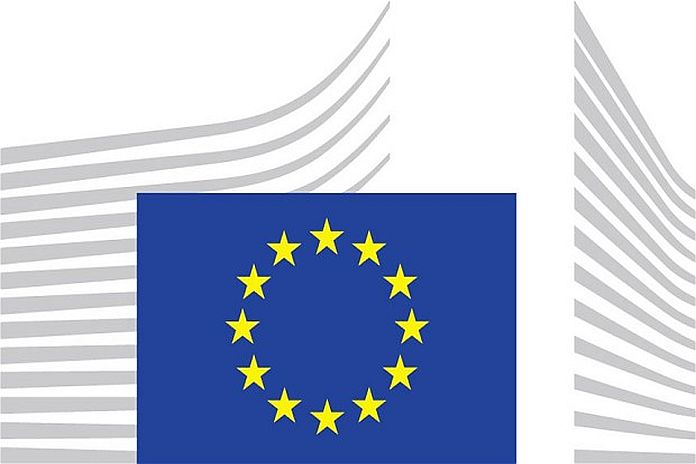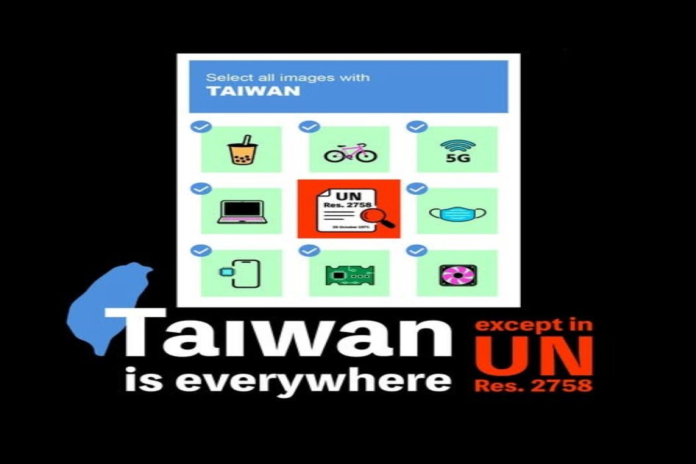 BRUSSELS, Belgium – The Commission and High Representative launched the Preparedness Union Strategy to support member states and enhance Europe’s capability to prevent and respond to emerging threats.
BRUSSELS, Belgium – The Commission and High Representative launched the Preparedness Union Strategy to support member states and enhance Europe’s capability to prevent and respond to emerging threats.
It comes as the European Union is facing increasingly complex crises and challenges that cannot be ignored. From growing geopolitical tensions and conflicts, hybrid and cybersecurity threats, foreign information manipulation and interference, to climate change and increasing natural disasters, the EU needs to be ready to protect its citizens and the key societal functions that are crucial for democracy and daily life.
Concretely, the Strategy includes 30 key actions and a detailed Action Plan to advance the Preparedness Union’s objectives, as well as developing a ‘preparedness by design culture’ across all EU policies.
President Ursula von der Leyen, said: “New realities require a new level of preparedness in Europe. Our citizens, our Member States, and our businesses need the right tools to act both to prevent crises and to react swiftly when a disaster hits. Families living in flood zones should know what to do when the waters rise. Early warning systems can prevent regions hit by wildfires from losing precious time. Europe stands ready to support Member States and trusted partners in the neighbourhood to save lives and livelihoods.”
Key objectives and actions of the strategy include protecting Europe’s essential societal functions:
- Develop minimum preparedness criteria for essential services such as hospitals, schools, transport, and telecommunications.
- Enhance the stockpiling of critical equipment and materials.
- Enhance climate adaptation and availability of critical natural resources such as water.
Promoting population preparedness:
- Encourage the public to adopt practical measures, such as maintaining essential supplies for a minimum of 72 hours in emergencies.
- Integrate preparedness lessons into school curricula and introduce an EU Preparedness Day.
Enhancing crisis response coordination:
- Establish an EU Crisis Hub to improve integration among existing EU crisis structures.
Strengthening civil-military cooperation:
- Conduct regular EU-wide preparedness exercises, uniting armed forces, civil protection, police, security, healthcare workers, and firefighters.
- Facilitate dual-use investments.
Bolstering foresight and anticipation capabilities:
- Develop a comprehensive risk and threat assessment at EU level, helping prevent crises such as natural disasters or hybrid threats.
Increasing public-private cooperation:
- Create a public-private Preparedness Taskforce.
- Formulate emergency protocols with businesses to ensure rapid availability of essential materials, goods, and services, and secure critical production lines.
Enhancing cooperation with external partners:
- Work with strategic partners like NATO on military mobility, climate and security, emerging technologies, cyber, space, and the defence industry.
Overall by taking a proactive approach to preparedness, the EU aims to build a more resilient and secure continent, better equipped to face the challenges of the 21st century.
Background
The Niinistö Report on Preparedness and Readiness of the EU concluded that strengthening Europe’s civilian and military preparedness and readiness to address today’s growing security challenges – in health, migration, technology security, climate, defence or the economy – is a matter of urgency. The report called for a profound change of mindset, and a shift in the way we understand and prioritise preparedness across the European Union. It also recognised that preparedness is not only a national responsibility but a shared European endeavour requiring stronger role for the Union in coordinating and supporting member states in this area.
The Strategy therefore focusses on an integrated all-hazards approach, a whole-of-government approach, which brings together all relevant actors, across all levels of government (local, regional, national, and EU) and a whole-of-society approach, bringing together citizens, local communities and civil society, businesses and social partners as well as the scientific and academic communities.
Moreover, working closely with Member States, the Union has the ability to face future crises – and can deliver substantial and effective solutions for citizens and societies. The events and risks the European Union went through in the last years, and the strong and efficient response to the COVID-19 pandemic – demonstrated how the close cooperation between the European Union and the member states allows for better outcomes for people and societies.





